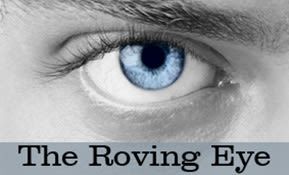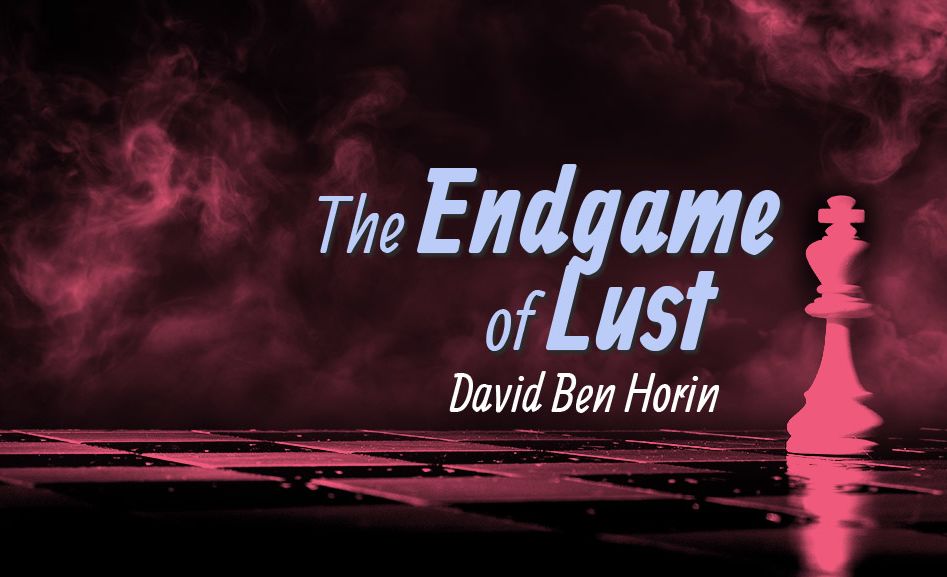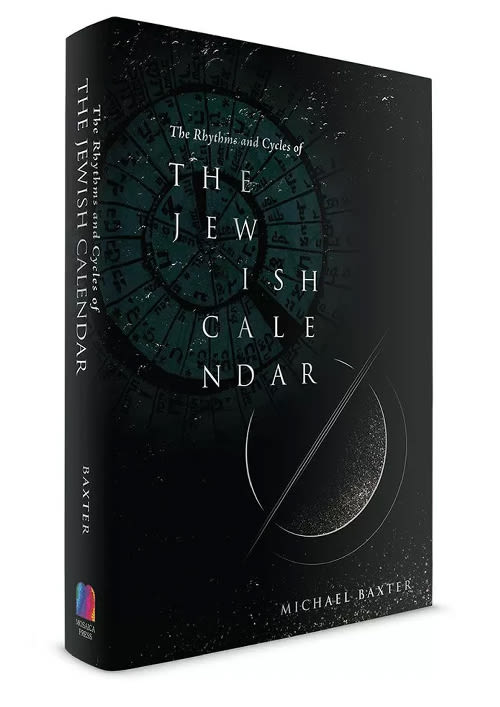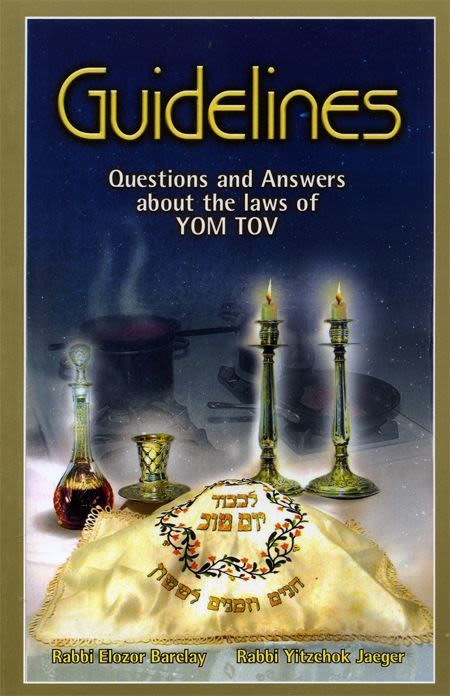
The Month of Shvat
The month of Shvat is the eleventh month in the Hebrew calendar and is connected to the astrological sign of Aquarius. Shvat focuses on tikkun achilah (correction of eating), Perek Shirah (Song of Creation), and the holiday of Tu B'Shvat.

A number of elements are associated with the month of Shvat:
- Tikkun Achilah (Elevating the Act of Eating)
- Zodiac Sign
- Tu B’Shvat Holiday
- Perek Shirah (Song of Creation)
- Star of Mashiach
Tikkun Achilah (Elevating the Act of Eating)
It is now the Hebrew month of Shvat. It is the eleventh month of the year starting in Nissan. The Sefer HaYitzirah, ascribed to Avraham Avinu (Abraham), teaches that each month has a particular energy and Divine Service that can be elevated. Shvat is Tikkun Achilah – elevating the Act of Eating.
We can understand the proper way to eat through observing how a Tzaddik eats. The Torah teaches that a Tzaddik eats to satisfy the soul, as opposed to eating to satisfy the body. The Baal Shem Tov teaches that just as a person is made of body and soul, so too is every object in the universe comprised of both a body and soul. And just as the body needs nourishment, nutrients, fiber, and water, the soul also needs nourishment, nutrients, fiber and water.
How do we feed the soul? What is real soul food? It is the food which the Tzaddik eats. The Torah states, “Ve’Amech Kulam Tzaddikim – And your nation are all Tzaddikim.” Since we are all Tzaddikim, we also have the ability to eat to primarily sustain our souls, as well as our bodies.
What is the soul aspect of food? What is the soul aspect of anything? It is that part which is more closely identifiable and attachable to the Divine. On a certain level, every aspect of our being can ultimately attach to Hashem. Yet, the soul, with all its levels, is particularly close to Hashem, and actually is made of Divine matter. Every created item, animate, as well as inanimate, must by necessity, contain a spark of Elokut (Godliness) in order to exist.
Only Hashem has inherent existence, only Hashem exists independently. The rest of the universe, including the angels, sefirot, and the energy of our thoughts and emotions are only a physical construct representing the Ratzon Hashem (Hashem’s Will). On a certain level, we are all just figments of Hashem’s imagination. The spark of energy that gives anything its existence is its soul, the filament of Ratzon Hashem.
There are certain elements of the created world that are closer to the essential point of Hashem. The soul of a Jew is that created entity which is closest to and most identifiable with Hashem. Those objects in the created world which we are permitted to consume have an energetic and spiritual frequency that resonates with our own. By taking them into ourselves correctly, we release their frequency and energy, and transform them into our being.
As Chazal say, the food chain is about raising the inanimate into the animate, and then transforming it into man. Minerals seep into the vegetation, which we eat directly, or we eat products from animals that were nourished through vegetation. Ultimately, the energy derived from these foods can be elevated into the highest level – the level of mitzvot – which connects them to Hashem.
So, eating can be seen as the process whereby the world is transformed into Godliness. The vehicle is the body of a Jew. The Tzaddik, who is keenly aware of the soul of every particle of matter, takes into his or her body the elements needed to be raised to Elokut. The Tzaddik is raising the soul of the food through the filter of his/her body. Eating is done to satisfy the element called soul; one’s own soul as well as the soul of the food.
The Baal Shem Tov reveals that the spark of kedushah (holiness) in the food is released when we utter the Name of Hashem in the bracha rishonah (the blessing said before we partake of the food). Vocalizing the Name, slowly and meditatively, helps focus our being on the awesomeness of what we are about to participate in. In the laws of physical physics, opposites attract. But in the realm of spiritual physics, similar things attract. The Name of Hashem is the point of Elokut in the bracha and it arouses the point of Elokut in the food, releasing it and enabling it to enter into the body of a Jew and be transformed into the energy of mitzvah!
Our body is composed of various layers. We have the physical body which we observe and feel. Then we have an emotional and light body, which are of the remains of the original body, that of Adam HaRishon. Chazal say that the number of physical limbs we have, 248, corresponds directly to the number of limbs in our spiritual or soul body. These must be nourished and are done so by reading carefully the 248 words of the Shema, and by carefully performing the 248 positive mitzvot.
Just like we have weaknesses in certain areas of physical health, we have corresponding areas of weakness in the soul. One person might be prone to headaches, one to colds and a third to anxiety. While no one today knows which mitzva and which word of Shema corresponds to which particular ailment and body part, the idea of the correspondence is nonetheless present and effective. The mitzvot we are most weak in are probably the ones we came here in this life to fix and strengthen. The foods we are most drawn to can either be the ones we are in need of, or ones to which we are actually allergic. The body is strange that way. We also develop allergies to foods of which we consume in great quantities. The body simply is telling us that it is not in need of them anymore.
There is a theory that each item able to be ingested, whether vegetable or animal, has a basic defense system against predators. This can be in the form of a subtle chemical interference. The person who eats large quantities of one food will ingest these natural chemicals and eventually have so much in the body that they naturally repel the original food.
Food that is not kosher has its spiritual soul in a configuration that cannot be elevated through the body of a Jew. It will have its own separate and different tikun. Not every item on the planet has the same amount of soul. We are required to work with what is given to us, and to what we are drawn. Kabbalah, the science of parallels and correspondences, teaches that each Jewish soul has sparks that are specific and familiar to its self. When we are drawn towards something or someone, it probably means there is a natural spiritual connection. Sometimes the test is about verifying the total kashrut of the item or person.
We are often attracted to situations for the purpose of evaluating and rejecting them. All this comes under the category of Achilah. And the month of Shvat is the most opportune time for this fixing.
Each month has a group of Jews who identify strongest with the month. Each Tribe was ascribed to a different month. And although the Tribe of Shvat is Asher, the Bnai Yissachar teaches that really the energy of Shvat resonates universally within every Jew. The nature and mazal of Shvat is the mazal of the Nation of Yisrael.
The first sin was done by eating and plunged the world into its current state. B’nai Yisrael has been given the task of fixing this world. We all therefore resonate with Chodesh Shvat, the Chodesh of Tikkun Achilah.
Zodiac Sign
The astrological configuration of Shvat is called d’li, the bucket, which is lowered into a well to draw water. The Shem MiShmuel teaches that this refers to the ability of each Jew to delve deeply into every aspect of life and creation, and search for its point of Elokut. It is also about our ability and need to search deeply within ourselves for points that need to be perfected, and to search deeply within Torah for the correct method of correction.
The pail is totally subservient in relation to the water it carries. It passively allows itself to be lowered into the well and to draw the water up and out. Such is the nature of a Jew, to be a vessel for channeling the healing waters of Torah, the Be’er Mayim Chayim. Our nature allows for humility as a vehicle for personal elevation and cosmic elevation.
The Torah readings in Shvat are from the beginning of sefer Shemot. The acrostic formed by the first letters of the names of the first six parshiyot in sefer Shemot is ShOVeVIM. Traditionally, these are the weeks we focus on correcting relationships, purifying and elevating ourselves. In Modern Hebrew, shovav means wild and uncontrollable. Shuvu Banim Shovavim, the Navi begs, Return, O, wayward children.
Correct eating and its subsequent results of proper and healthy digestion and nourishment of the body begin with correct and healthy choices. Similarly, correct choices are required for correct, holy, and appropriate relationships. The process of digestion is about separating the useful from the non-useful. The body then extracts the nutrients, the soul extracts its nutrients, and the waste is eliminated. In the body, what is not needed doesn’t just remain neutral, it actually becomes toxic. This parallels the idea that anything that we cannot use for Avodat Hashem and cannot be elevated, needs to be eliminated.
Rebbe Nachman teaches that correct eating needs to be done slowly, in a controlled and non-wild manner. Eating, not shoveling. Chewing, not gulping. Eating with awareness – being mindful of what we are doing, and doing it with joy and gratitude. He promises that eating in this way will clear the mind from confusion. Rebbe Nachman blames much of the fog of mind on eating hurriedly and without calm. Not being shovav when we eat will allow for clarity of thought.
Tu B’Shvat Holiday
The yom tov of Tu B’Shvat is called Rosh HaShanah L’Ilan (the New Year of the Tree) and it reminds us about the fruit trees. The Gemara reveals a secret of nature. Although we are still in the midst of the winter months and the trees appear to be hibernating and barren, the inner activity of the trees has already begun. In Israel, the majority of the rains have fallen, the sap within the roots of the tree begins to rise, and the inner life of the tree starts to resonate.
As much as the world appears to be dark, unproductive, and on the brink of extermination, there is still vitality within the Jewish People that begins to pulsate. We are being called upon by our teachers, masters, and hidden ones to open our hearts now more than ever and cry out for life. Ki Haadam Eitz Hasadeh – a Jew is compared to the trees of the field. They, and we, are being judged now. Will we be allowed to cling to the Eitz HaChayim, the Tree of Life, this year? Will we choose correctly from the Tree of Good and Evil?
The minhag on Tu B’Shvat is to eat different fruits and to eat of the seven species of Eretz Yisrael. They are: wheat, barley, grapes, figs, pomegranates, olives, and dates.
Perek Shirah (Song of Creation)
Perek Shirah is an ancient text, ascribed to Dovid Hamelech and Shlomo Hamelech. As such, it is the only text we have authored by the father/son pair from whom Mashiach will sprout. It fulfills the Messianic prediction of bringing the hearts of the fathers together with the hearts of the sons.
Perek Shirah gives us the passuk that is associated with many elements of creation. The lesson of wheat, the energy of wheat and its life force is derived from its passuk: Shir HaMaalot, Mimamakim Kerateecha Hashem. – A song of Ascents, from the depths, I call out to you, Hashem. The pasuk of barley has a similar tone. Tefilla Le’ani Ki Yaatof Velifnei Hashem Yishpoch Sicho – the prayer of a poor person who is fainting from weakness yet he pours out his heart to Hashem. We know that a kernel of wheat can be used in two ways. It can be eaten, or it can be planted.
When a seed is planted, it will eventually produce proportionately much more than itself. One seed can produce endless generations of fruit. But in order for the seed to grow, it must first lose its identity, decompose, and outwardly die. It loses all recognizable life force. Only then, the real, inner, procreative life force is activated and released. This is the message of the primary grains, as taught in Perek Shirah. When a Jew is in the depths of death and suffering, he needs to direct his energy to Hashem, calling out to Him, connecting to Him, begging to see the blessing hiding in the pain, begging for resurrection from this death, Techiyat HaMeitim. The Gemara in Sanhedrin teaches that we actually learn the concept of Techiyat Hameitim from wheat. And according to some opinions, the Tree of Knowledge, of good and evil, was really the grain wheat.
Rebbe Nachman teaches that all food eaten on Shabbat is holy and the process of eating on Shabbat is also holy. Eating during the week with the thought of Shabbat is also holy. A Tzaddik lives each day of the week with Shabbat consciousness. Reb Shlomo used to tell of the simple Jew who would say “LeKvod Shabbat” every day, with every action and to every person. He was a porter, and as he carried the loads of shopping for the local women, he would remark, “Surely some of this food will be for Shabbat”. Although he became somewhat of a joke among the locals, when a visiting Tzaddik saw him, he transported him away and trained him to be a Tzaddik Nistar (hidden tzaddik).
Star of Mashiach
Darach Kochav MiYaakov, Sheyvet MiYisrael – The blessing and prophecy of Bilaam talks about a star making its way out of Yaakov, and a scepter coming from Yisrael. We are taught that this refers to the first Mashiach, Dovid, and to his final descendant, the Mashiach Ben Dovid whom we now await. The sheyvet, scepter, is longed for in the month of Shvat. The kochav, star, is also connected to comets, and comets are most visible in Shvat. The tail of the comet refers to the trail left through the millennium by Mashiach in his path towards us. These traces of Mashiach are awakened in our hearts and minds in the month of Shvat. It increases the longing of the individual point of tzaddik within our own self to connect to the true Tzaddik, Mashiach Tziddkeinu.
The weather here in Yerushalayim has been sunny, warm, and mild. It seems that this has been a yearly weather pattern for the month of Shvat. The warmth has enabled the almond trees to blossom, so appropriate for the Yom Tov of Tu B’Shvat. The nature of the almond tree is that it blossoms first, bringing forth its fruit quicker than other trees. The Navi Yermiyahu (Prophet Jeremiah) was once shown an almond tree in a vision and Hashem said that He will fulfill His word quickly, as quickly as an almond tree bears its fruit. In Hebrew and in Aramaic, which is a sister language to lashon HaKodesh, the word for almond is luz. This is the same word that refers to the bone or cells in the body of a Jew that doesn’t decompose after death. Chazal teach that the Luz will be the source of Techiyat HaMeitim for the body. Rav Aryeh Kaplan suggests a connection between the Luz from which a Jewish body will be reconstructed in the time of Techiyat HaMeitim and the process of cloning a human. Although cloning was generally purely theoretical when R’ Kaplan lived, we are presently seeing some form of this science emerging.
The tefillah of every Jew and probably most of humanity is that we all pass through this frightening time without the need to resort to war. We see that there seems to be no solution derech hateva, through natural agency. We see the clear need for the world leader, Mashiach Tziddkeinu, to step into his position. He must begin to teach and guide, clarify and remind the world of the basic truth of Hashem.
We would like to begin to come back to life, on all levels. The Land is capable of absorbing all of her children.
Halevai that we be blessed to enter into the revealed time of Mashiach’s leadership when the knowledge of Hashem will fill the world as the water fills the oceans.












Tell us what you think!
Thank you for your comment!
It will be published after approval by the Editor.